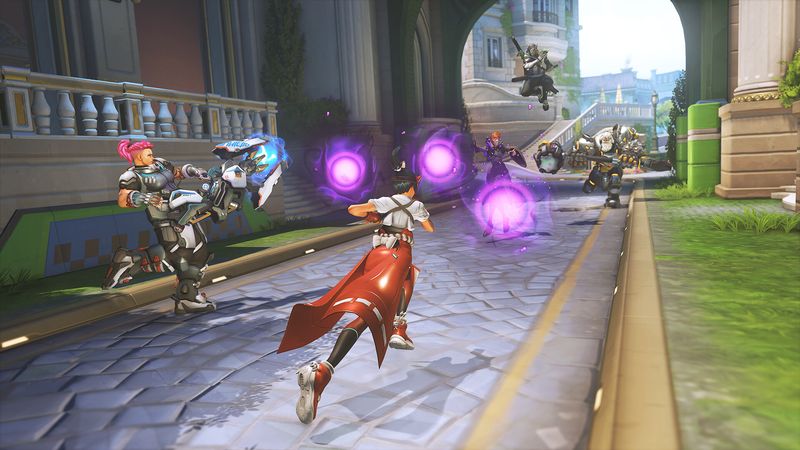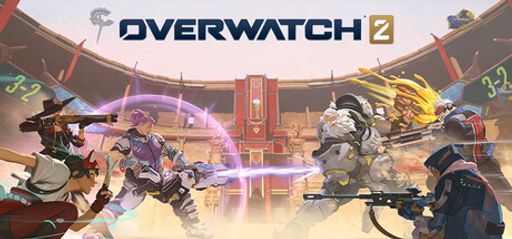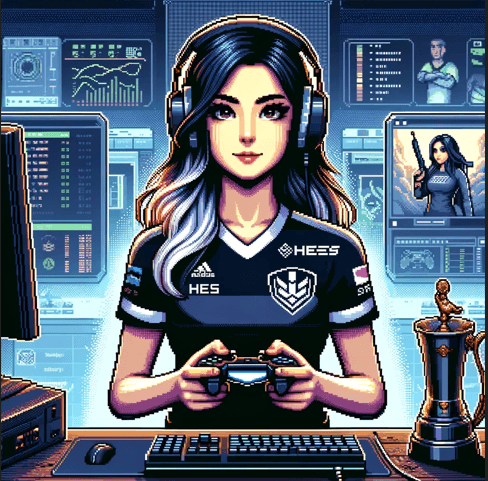 Let’s talk Overwatch 2 by Blizzard Entertainment, published by Blizzard Entertainment. Players praise its dynamic team fights. In fact, they laud fresh hero abilities and smooth ultimates. Additionally, some cite great map designs. However, critiques note a steep seasonal grind. Consequently, that grind can slow progression. As a hardcore player, I love mastering cooldown combos. Blizzard’s six-year track record shows in tight gameplay loops.
Let’s talk Overwatch 2 by Blizzard Entertainment, published by Blizzard Entertainment. Players praise its dynamic team fights. In fact, they laud fresh hero abilities and smooth ultimates. Additionally, some cite great map designs. However, critiques note a steep seasonal grind. Consequently, that grind can slow progression. As a hardcore player, I love mastering cooldown combos. Blizzard’s six-year track record shows in tight gameplay loops.
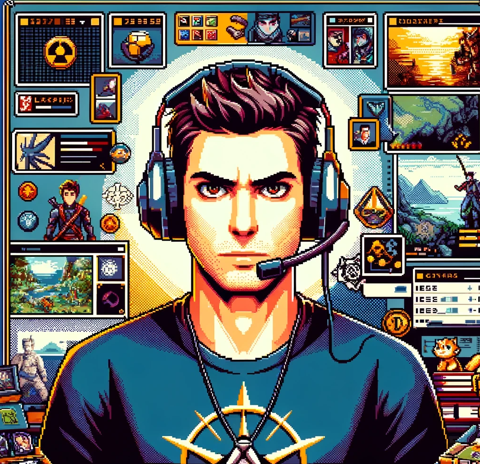 I track every seasonal quest. Specifically, Overwatch 2’s battle pass offers 50 reward tiers. Weekly challenges push me to play new heroes. For instance, I love unlocking hero skins and emotes. Since Blizzard uses a custom engine, animations feel polished. That said, some feel event rewards rerun too often. Thus, a better rotation schedule would ease fatigue. Overall, the achievement list feels robust and clear.
I track every seasonal quest. Specifically, Overwatch 2’s battle pass offers 50 reward tiers. Weekly challenges push me to play new heroes. For instance, I love unlocking hero skins and emotes. Since Blizzard uses a custom engine, animations feel polished. That said, some feel event rewards rerun too often. Thus, a better rotation schedule would ease fatigue. Overall, the achievement list feels robust and clear.
 When exploring maps, I go for every high ground and flank route. Indeed, map secrets add depth. In push mode, the tug-of-war feeling inspires creative plays. It even reminds me of Team Fortress 2’s forward spawns. Meanwhile, environmental interactivity—like moving payloads and breakable barriers—feels fresh. Clearly, Blizzard aimed to push their PvP design beyond the original 6v6. Fortunately, they nailed map flow and vision control. Consequently, that keeps me on my toes.
When exploring maps, I go for every high ground and flank route. Indeed, map secrets add depth. In push mode, the tug-of-war feeling inspires creative plays. It even reminds me of Team Fortress 2’s forward spawns. Meanwhile, environmental interactivity—like moving payloads and breakable barriers—feels fresh. Clearly, Blizzard aimed to push their PvP design beyond the original 6v6. Fortunately, they nailed map flow and vision control. Consequently, that keeps me on my toes.
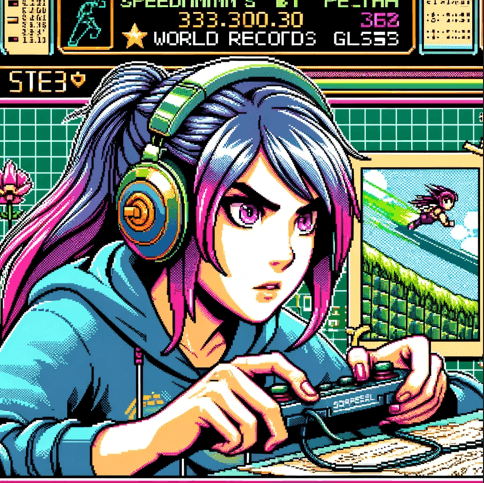 As for timing, I time my spawns and ult charges. By optimizing ability cooldowns, I shave seconds off team wipes. Specifically, push mode’s 65-second midpoint timer offers a speedrun vibe. For example, I test the fastest flank runs on Circuit Royal. Additionally, Blizzard servers hold up well, minimizing lag spikes. On the flip side, some players note menu navigation feels slow. Therefore, a faster UI would improve speedruns. Still, I love the crisp hit registration.
As for timing, I time my spawns and ult charges. By optimizing ability cooldowns, I shave seconds off team wipes. Specifically, push mode’s 65-second midpoint timer offers a speedrun vibe. For example, I test the fastest flank runs on Circuit Royal. Additionally, Blizzard servers hold up well, minimizing lag spikes. On the flip side, some players note menu navigation feels slow. Therefore, a faster UI would improve speedruns. Still, I love the crisp hit registration.
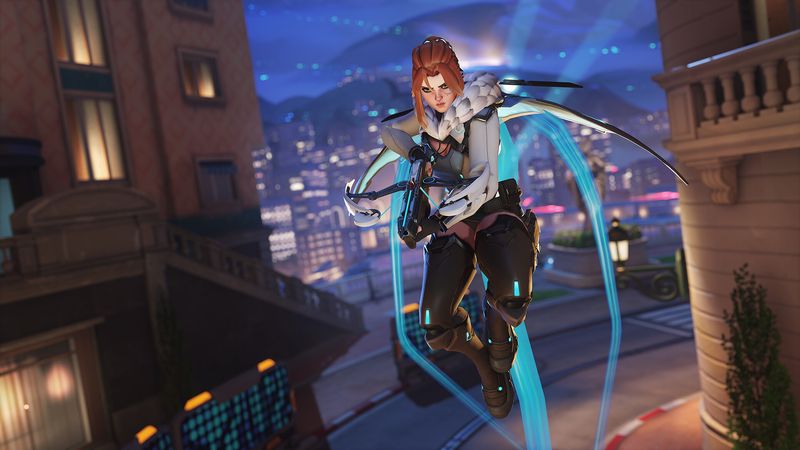
 Now, let’s dive into story and narrative. Originally, Overwatch 2 dropped in-game story missions later. Meanwhile, Blizzard released animated shorts and comics to fill lore gaps. Furthermore, we get character backstories through hero interactions. Although dialogue scenes lack player agency, they hook us with relatable heroes. As patches roll out, the pacing reveals plot twists slowly. Hence, it keeps fans hungry for more.
Now, let’s dive into story and narrative. Originally, Overwatch 2 dropped in-game story missions later. Meanwhile, Blizzard released animated shorts and comics to fill lore gaps. Furthermore, we get character backstories through hero interactions. Although dialogue scenes lack player agency, they hook us with relatable heroes. As patches roll out, the pacing reveals plot twists slowly. Hence, it keeps fans hungry for more.
 Visually, Overwatch 2 runs on Blizzard’s custom engine. Notably, it uses a bright palette that aids clarity in fights. Moreover, hero silhouettes stand out across varied maps. Performance-wise, frame rates hit 144 fps on high-end PCs. On consoles, performance stays stable at 60 fps. That said, some texture pop-ins occur on mid-range GPUs. Nonetheless, the art direction nails a futuristic optimism.
Visually, Overwatch 2 runs on Blizzard’s custom engine. Notably, it uses a bright palette that aids clarity in fights. Moreover, hero silhouettes stand out across varied maps. Performance-wise, frame rates hit 144 fps on high-end PCs. On consoles, performance stays stable at 60 fps. That said, some texture pop-ins occur on mid-range GPUs. Nonetheless, the art direction nails a futuristic optimism.
 Meanwhile, the soundtrack blends orchestral swells with electronic beats. For example, “Dragons” by Kevin Kiner sets an epic tone. Additionally, sound cues link to ult charges and enemy footsteps. In fact, I rely on audio to track flankers. Regarding voice acting, it shines in hero banter. Granted, a few lines feel canned, but most cast members nail their roles. Clearly, Blizzard invests in audio polish.
Meanwhile, the soundtrack blends orchestral swells with electronic beats. For example, “Dragons” by Kevin Kiner sets an epic tone. Additionally, sound cues link to ult charges and enemy footsteps. In fact, I rely on audio to track flankers. Regarding voice acting, it shines in hero banter. Granted, a few lines feel canned, but most cast members nail their roles. Clearly, Blizzard invests in audio polish.
 On character design, Kiriko’s swift kunai recall feels fluid. Similarly, Junker Queen’s shotgun stomp follows a clear animation. As a result, this clarity helps me time kills. Moreover, the roster shows strong diversity in nationality and gender. In fact, developers used focus groups to ensure authentic representation. Consequently, each hero’s arc ties into the bigger war narrative. Ultimately, that context enriches team cooperation.
On character design, Kiriko’s swift kunai recall feels fluid. Similarly, Junker Queen’s shotgun stomp follows a clear animation. As a result, this clarity helps me time kills. Moreover, the roster shows strong diversity in nationality and gender. In fact, developers used focus groups to ensure authentic representation. Consequently, each hero’s arc ties into the bigger war narrative. Ultimately, that context enriches team cooperation.
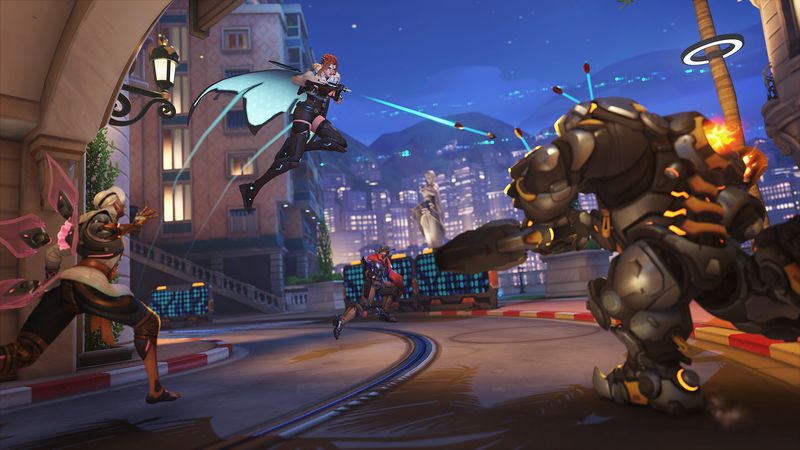
 On challenge, Overwatch 2 balances roles well. Damage heroes face high aim demands. Tanks anchor chokepoints. Supports manage healing output. Ranked mode escalates skill checks sharply. Some players report steep parity gaps at mid ranks. Accessibility options—colorblind modes, button remaps—help casuals adapt. Blizzard could further ease new-player onboarding with advanced tutorials.
On challenge, Overwatch 2 balances roles well. Damage heroes face high aim demands. Tanks anchor chokepoints. Supports manage healing output. Ranked mode escalates skill checks sharply. Some players report steep parity gaps at mid ranks. Accessibility options—colorblind modes, button remaps—help casuals adapt. Blizzard could further ease new-player onboarding with advanced tutorials.
 Replay value peaks with seasonal events. Lunar New Year and Halloween events add PvE missions. Achievements encourage multiple hero masteries. Leaderboards and weekly bounties drive repeat play. Compared to Valorant’s battle pass, Overwatch 2 feels more generous with free tiers. The seasonal model keeps variety alive.
Replay value peaks with seasonal events. Lunar New Year and Halloween events add PvE missions. Achievements encourage multiple hero masteries. Leaderboards and weekly bounties drive repeat play. Compared to Valorant’s battle pass, Overwatch 2 feels more generous with free tiers. The seasonal model keeps variety alive.
 In my final thoughts, Overwatch 2 refines team shooters with tight 5v5 action. Notably, it stands out against Apex Legends with stronger hero synergy. Furthermore, its polish matches Riot’s high standards in Valorant. Consequently, casual and pro players both find appeal. Clearly, Blizzard Entertainment shows growth from World of Warcraft to Overwatch 2.
In my final thoughts, Overwatch 2 refines team shooters with tight 5v5 action. Notably, it stands out against Apex Legends with stronger hero synergy. Furthermore, its polish matches Riot’s high standards in Valorant. Consequently, casual and pro players both find appeal. Clearly, Blizzard Entertainment shows growth from World of Warcraft to Overwatch 2.
 Regarding replay value, seasonal events peak interest. For instance, Lunar New Year and Halloween events add PvE missions. Moreover, achievements encourage multiple hero masteries. In addition, leaderboards and weekly bounties drive repeat play. Compared to Valorant’s battle pass, Overwatch 2 feels more generous with free tiers. Ultimately, the seasonal model keeps variety alive.
Regarding replay value, seasonal events peak interest. For instance, Lunar New Year and Halloween events add PvE missions. Moreover, achievements encourage multiple hero masteries. In addition, leaderboards and weekly bounties drive repeat play. Compared to Valorant’s battle pass, Overwatch 2 feels more generous with free tiers. Ultimately, the seasonal model keeps variety alive.
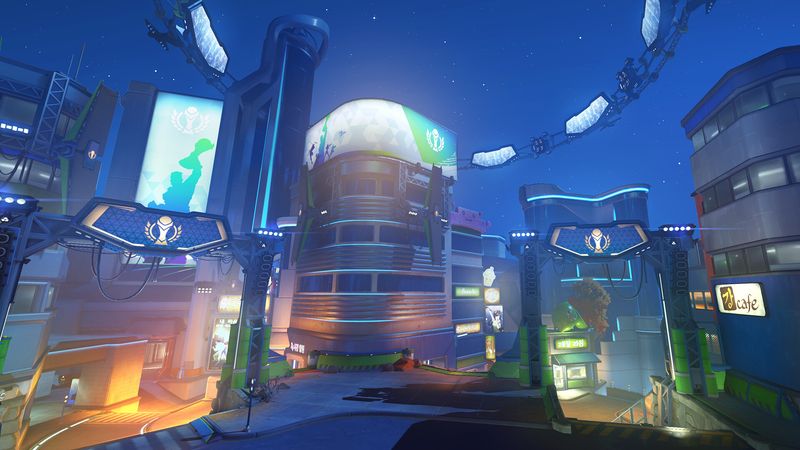

 Looking for games similar to Overwatch 2? Paladins offers a free hero rotation, a robust card-build system, and regular content updates, combining community-driven balance patches that reflect Blizzard’s team ethos. Valorant blends precise gunplay with agent abilities, emphasizing teamwork and strategic positioning that appeal to competitive shooter fans. Apex Legends delivers high-speed squad battles with a strong ping system, and its evolving map design and lore-driven seasons mirror Overwatch 2’s live-service model. Team Fortress 2, a classic from Valve, features diverse classes, cartoonish art, and a thriving custom-map scene, having set many standards for hero shooters. Rainbow Six Siege challenges players with destructible environments and tactical team play, and Ubisoft’s focus on strategy and operator abilities complements Overwatch 2’s hero dynamics. Add these titles to your Steam library to diversify your team-shooter experience.
Looking for games similar to Overwatch 2? Paladins offers a free hero rotation, a robust card-build system, and regular content updates, combining community-driven balance patches that reflect Blizzard’s team ethos. Valorant blends precise gunplay with agent abilities, emphasizing teamwork and strategic positioning that appeal to competitive shooter fans. Apex Legends delivers high-speed squad battles with a strong ping system, and its evolving map design and lore-driven seasons mirror Overwatch 2’s live-service model. Team Fortress 2, a classic from Valve, features diverse classes, cartoonish art, and a thriving custom-map scene, having set many standards for hero shooters. Rainbow Six Siege challenges players with destructible environments and tactical team play, and Ubisoft’s focus on strategy and operator abilities complements Overwatch 2’s hero dynamics. Add these titles to your Steam library to diversify your team-shooter experience.
